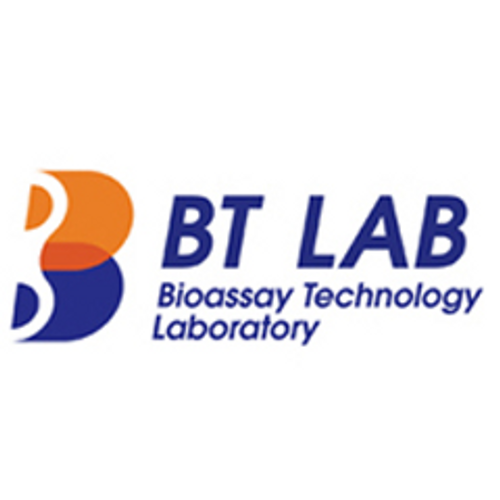Product Description
Human 1, 5-anhydroglucitol (1, 5-AG) ELISA Kit | AE22883HU | Abebio
Species Reactivity: Human (Homo sapiens)
Abbreviation: 1, 5AG
Alternative Name: N/A
Application: ELISA
Range: 40-500 nmol/mL
Sensitivity: 10 nmol/mL Information
Intra-Assay: ≤5.4%
Inter-Assay: ≤9.1%
Recovery: 1
Sample Type: Serum, Plasma, Other biological fluids
Detection Method: Sandwich
Analysis Method : Quantitive
Test Principale: This assay employs a two-site sandwich ELISA to quantitate 1, 5AG in samples. An antibody specific for 1, 5AG has been pre-coated onto a microplate. Standards and samples are pipetted into the wells and any1, 5AG present is bound by the immobilized antibody. After removing any unbound substances, a biotin-conjugated antibody specific for 1, 5AG is added to the wells. After washing, Streptavidin conjugated Horseradish Peroxidase (HRP) is added to the wells. Following a wash to remove any unbound avidin-enzyme reagent, a substrate solution is added to the wells and color develops in proportion to the amount of 1, 5AG bound in the initial step. The color development is stopped and the intensity of the color is measured.
Product Overview: 1, 5-Anhydroglucitol, also known as 1, 5-AG, is a naturally occurring monosaccharide found in nearly all foods. Blood concentrations of 1, 5-anhydroglucitol decrease during times of hyperglycemia above 180 mg/dL, and return to normal levels after approximately 2 weeks in the absence of hyperglycemia. As a result, it can be used for people with either type-1 or type-2 diabetes mellitus to identify glycemic variability or a history of high blood glucose even if current glycemic measurements such as hemoglobin A1c (HbA1c) and blood glucose monitoring have near normal values. Despite this possible use and its approval by the FDA, 1, 5-AG tests are rarely ordered. There is some data suggesting that 1, 5-AG values are useful to fill the gap and offer complementary information to HbA1c and fructosamine tests.
Stability: The stability of ELISA kit is determined by the loss rate of activity. The loss rate of this kit is less than 5% within the expiration date under appropriate storage condition. The loss rate was determined by accelerated thermal degradation test. Keep the kit at 37°C for 4 and 7 days, and compare O.D.values of the kit kept at 37°C with that of at recommended temperature. (referring from China Biological Products Standard, which was calculated by the Arrhenius equation. For ELISA kit, 4 days storage at 37°C can be considered as 6 months at 2 - 8°C, which means 7 days at 37°C equaling 12 months at 2 - 8°C) .
 Euro
Euro
 USD
USD
 British Pound
British Pound
 NULL
NULL








